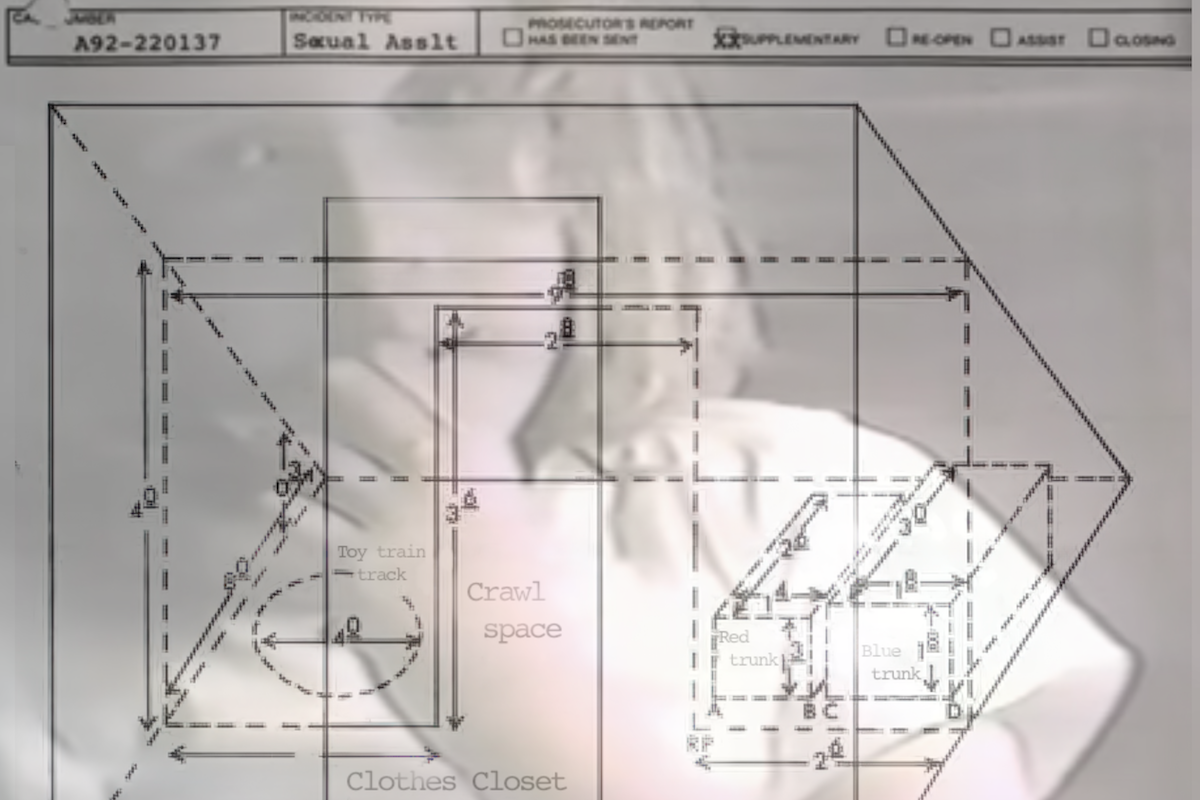Cinema
'Allen v. Farrow': Intellectually Dishonest Propaganda Meets Emotional Blackmail
There is no doubt that part of the goal of Allen v. Farrow was to finish off both Allen’s career and his legacy by presenting a definitive guilty verdict in the court of public opinion.
· 26 min read

Keep reading
Can Art Convey Truth?
Jerry A. Coyne
· 8 min read
Quillette’s Most Read—2025
Quillette
· 3 min read
Podcast #318: Christmas in Byzantium
Quillette
· 3 min read
The Gospel According to Pasolini
Robert Huddleston
· 8 min read





